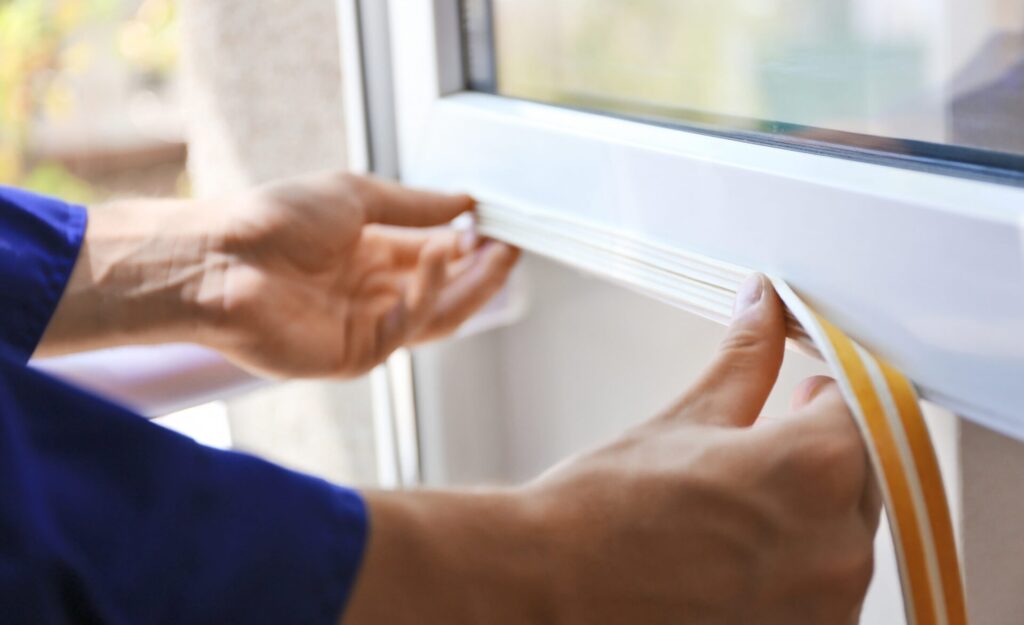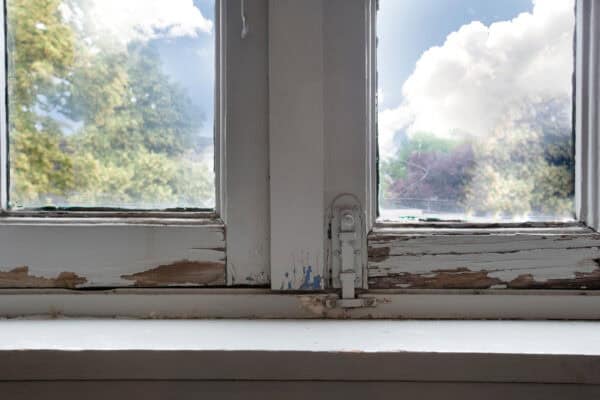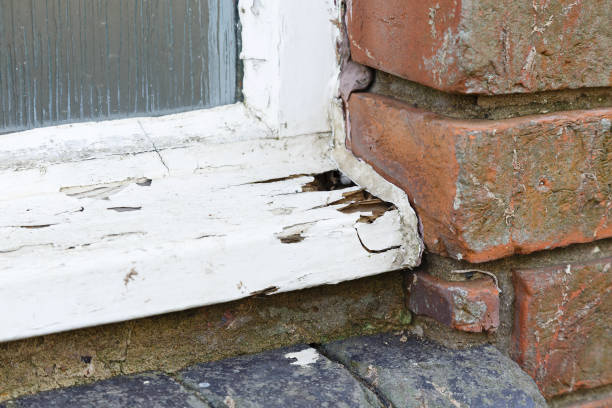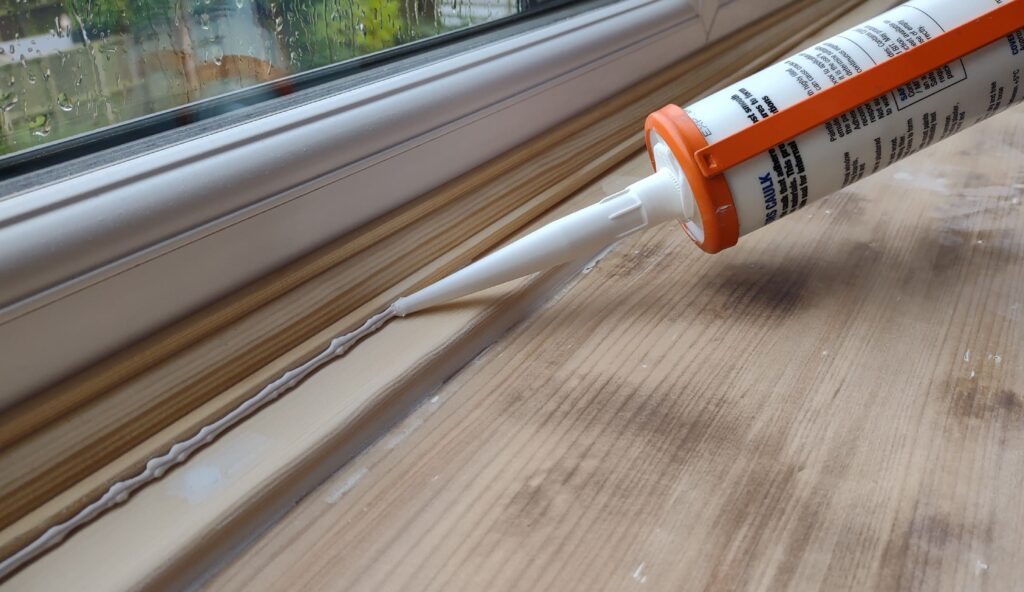Why Professional Repairs Matter
Windows play a quiet but important role in everyday life. They let in light, keep out the wind, and give your home character. But when they stop working right—maybe they stick, whistle in the wind, or show cracks—it can be more than just annoying. It can cost you in heating, safety, and even comfort.
Many people think fixing a window is a quick DIY project. And sure, a little cleaning or tightening a handle might help. But real issues—cracks in the glass, warped frames, leaky seals—usually need more than just a screwdriver and a YouTube video. That’s where professionals come in.
A trained window repair technician doesn’t just fix the problem you see. They look at how the whole window is working: is it still sealing properly? Is moisture sneaking in? Is the frame starting to rot? Their goal is not just to make the window work again—but to make it work like new and last for years. When the job is done right, your home feels warmer, quieter, and more secure.
Inspection and Damage Assessment
Before any tools are used, a good technician takes time to look closely at what’s going on. This first step isn’t about rushing into repairs—it’s about understanding the full story behind the problem.
They’ll check the glass for chips, cracks, or fogging. But they’ll also look at things like how the window opens and shuts, if the locks work, whether air is leaking in, or if water damage is hiding in the frame. Often, what seems like a small issue—like a draft—can be a sign of something deeper, like failing seals or wood rot.
Here’s what a technician usually checks during an inspection:
-
Cracks or cloudy spots in glass
-
Gaps or crumbling caulk around the edges
-
Water damage in or around the frame
-
Stiff movement or loose hinges
-
Air drafts coming in when the window is closed
After the assessment, you’ll get a simple explanation of what’s wrong, what needs to be fixed, and why it matters. This gives you a clear idea of what to expect and helps avoid surprises later on.
Common Repairs You Might Need
No two windows are exactly the same—and neither are the problems. But there are a few repairs that come up again and again in homes of all ages.
Replacing Damaged Glass
Cracked, chipped, or foggy glass doesn’t just look bad—it can also mess with your home’s insulation and safety. A professional knows how to safely remove the broken piece and install a new one that matches your window type, whether it’s single-pane or double-pane.
Sometimes, the whole glass unit has to be swapped out, especially in modern insulated windows. It’s not just about looks—it’s about keeping the cold out and the comfort in.
Fixing Frames and Sashes
If your window frame is soft, warped, or doesn’t close properly, that’s a problem. Same goes for sashes that won’t slide or tilt. A repair tech can sand, patch, or replace damaged wood or other materials. In some cases, they’ll also adjust or replace tracks, latches, and locks to get things working smoothly again.
Fixing the frame doesn’t just help with function—it can stop air leaks and keep your energy bills in check.
Sealing and Caulking
Even if the glass and frame look fine, worn-out caulk or broken seals can quietly cause problems. Moisture can creep in, leading to mold or rot. A professional will remove the old sealant and apply fresh caulk that’s made to handle sun, rain, and changing temperatures.
Proper sealing keeps water out, keeps your heating and cooling inside, and makes your home feel a whole lot cozier.
What Tools and Materials Are Used
Window repairs aren’t something you can usually handle with just a hammer and some glue. Professionals show up with tools built specifically for the job—and the know-how to use them safely and correctly.
Typical tools include:
-
Glass lifters and suction cups
-
Glazier knives and putty tools
-
Sealant guns and scrapers
-
Precision levels and drills
-
Safety gloves and goggles
They also bring high-quality parts and materials, such as:
-
Matching glass panes (including energy-efficient types)
-
Industrial-grade sealants
-
Replacement hinges, tracks, and locks
-
Repair kits for wood or composite frames
With the right tools and materials, the repair lasts longer, fits better, and looks cleaner—without leaving a mess behind.
How Long Does a Repair Usually Take?
Not all repairs take the same amount of time. Some are done in under an hour. Others might take half a day, especially if there’s more than one window or some custom parts are needed. But in most cases, a repair visit is quick and doesn’t require major disruption.
Here’s a rough idea of how long common repairs might take:
-
Swapping out a broken glass pane: 60–90 minutes
-
Repairing a damaged frame: 2–3 hours
-
Resealing and caulking: 30–45 minutes per window
If the repair involves ordering custom glass or special materials, your technician may schedule a follow-up visit. But even in those cases, the work is usually done within a few days—not weeks.
Final Walkthrough and Easy Maintenance Tips
Once the repair is finished, a trustworthy technician doesn’t just pack up and leave. They’ll walk you through what they fixed, show you how it works, and make sure you’re happy with the result. This last step is important—it confirms the window is safe, working right, and looks the way it should.
Before heading out, many pros also offer simple tips to help you take care of your windows going forward. For example:
-
Clean your windows using soft cloths and mild soap—harsh chemicals can damage seals
-
Once a year, check for signs of moisture, cracked caulk, or frame damage
-
Use a little silicone spray to keep tracks and hinges moving smoothly
-
Don’t ignore small drafts—they can mean a bigger issue is starting
These small habits can add years to the life of your windows and save you from needing major repairs later on.
Should You Call a Pro?
If your windows are hard to open, starting to leak, or just don’t look right, it might be time to let an expert take a look. Window issues don’t fix themselves—and what starts as a small problem can turn into a big one fast.
A professional window repair service takes the guesswork out of the process. They’ll figure out what’s really going on, fix it the right way, and help you get back to enjoying a home that’s warmer, safer, and more energy-efficient.
You don’t have to live with sticky frames, drafty corners, or glass that won’t stay clean. The solution is often quicker and more affordable than you might think—and with the right team, it’s done right the first time.










